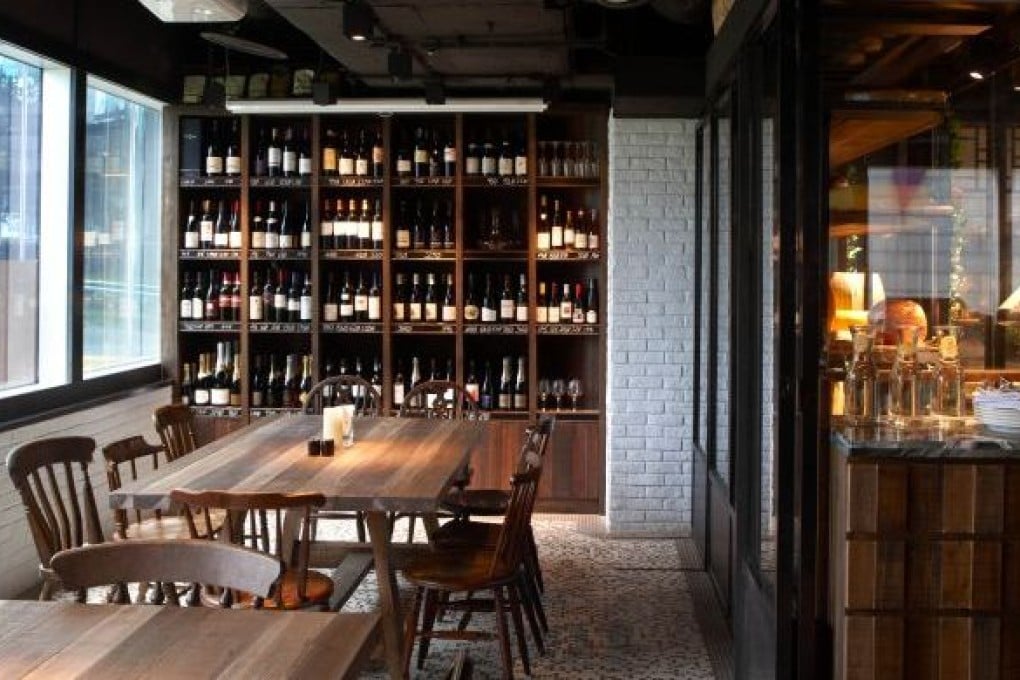How To Appreciate Wine
Wine appreciation is booming in Hong Kong, with collectors and consumers more discerning than ever.

The stats prove it: our city is becoming more wine-obsessed by the year. According to a recent Vinexpo survey, Hong Kong’s yearly wine consumption is now at around 35 million bottles, which amounts to roughly 4.5 liters per person per year. Compare this number to Asia’s other leading regions, including Japan (2.4 liters) and Singapore (2.1 liters), and it seems we have a seriously alcohol-friendly city on our hands. It helps too that the city’s wine duty has been non-existent since 2008. Also, save one local winery (8th Estate in Ap Lei Chau) that makes its own tipple here, Hong Kong has to rely on foreign imports from every corner, making our city’s supply one of the most diversified in the world. Meanwhile, wine auctions (and wine bars) are breaking records (and glasses) left, right and center.
If you’re feeling like all your friends have turned from indiscriminate beer guzzlers to savvy oenophiles lately, you’re right—because they really are. How can they not when these days even the most ordinary restaurants are thrusting comprehensive wine lists into everyone’s faces? Here’s our fair warning: if you can’t tell a merlot from a cab sauv by now, you’d better get up to speed or risk being left in the dust. Conveniently, we’ve compiled a one-stop wine guide of tasting and pairing tips to help you one-up those arrogant winer friends of yours. You’re welcome.
The Seven Nobles: A Cheat Sheet
No matter how sophisticated and incomprehensible the wine world might seem at times, there are always seven “noble varieties” that one can fall back on with familiarity. Screw up these seven, though, and you’re a lost cause. Do us a favor and remember them—it helps to memorize a few descriptive adjectives for each as well.
Red:
Pinot Noir (silky, super versatile, goes well with all types of foods)
Cabernet Sauvignon (firm tannins, drier, goes well with meat)
Merlot (medium bodied, berry-like flavors)
Shiraz/Syrah (spicy, plummy, fruity)
White:
Riesling (elegant, underappreciated, perceived as sweeter than other whites)
Chardonnay (usually aged in oak barrels and has a cinnamon, buttery flavor; if un-oaked, will taste more citrusy)
Sauvignon Blanc (zingy, vibrant, pairs well with seafood)
“For red wines, [beginners] should start with pinot noir, which has a silkier style,” says Debra Meiburg, certified Master of Wine and Hong Kong-based wine journalist. “Everyone seems to produce pinot noir, from New Zealand to Oregon to Burgundy.” In terms of quality, “The finest Burgundies [such as the pinot noirs made from the region of Burgundy in France] stand as a benchmark for the world, but there are some New Zealand pinot noirs that are better than the basic Burgundies,” Meiburg explains. In other words: don’t judge a wine by its label.
“The other classic is the cabernet sauvignon,” Meiburg says. “They generally have very firm tannins, which is a substance found in grape skins that creates roughness and dryness in the mouth. Cabernet sauvignon is tougher for beginners to like, unless it is paired with food (especially meat). When drunk with meat, the tannins attack the meat instead of the saliva in your mouth [which makes it less rough
and dry].”
In terms of white wine, “you can never go wrong with a sauvignon blanc from New Zealand,” Meiburg says. “They’re bright and zingy and pair well with seafood or anything you can squeeze a lemon on, including salads.”
The Four Benchmarks
